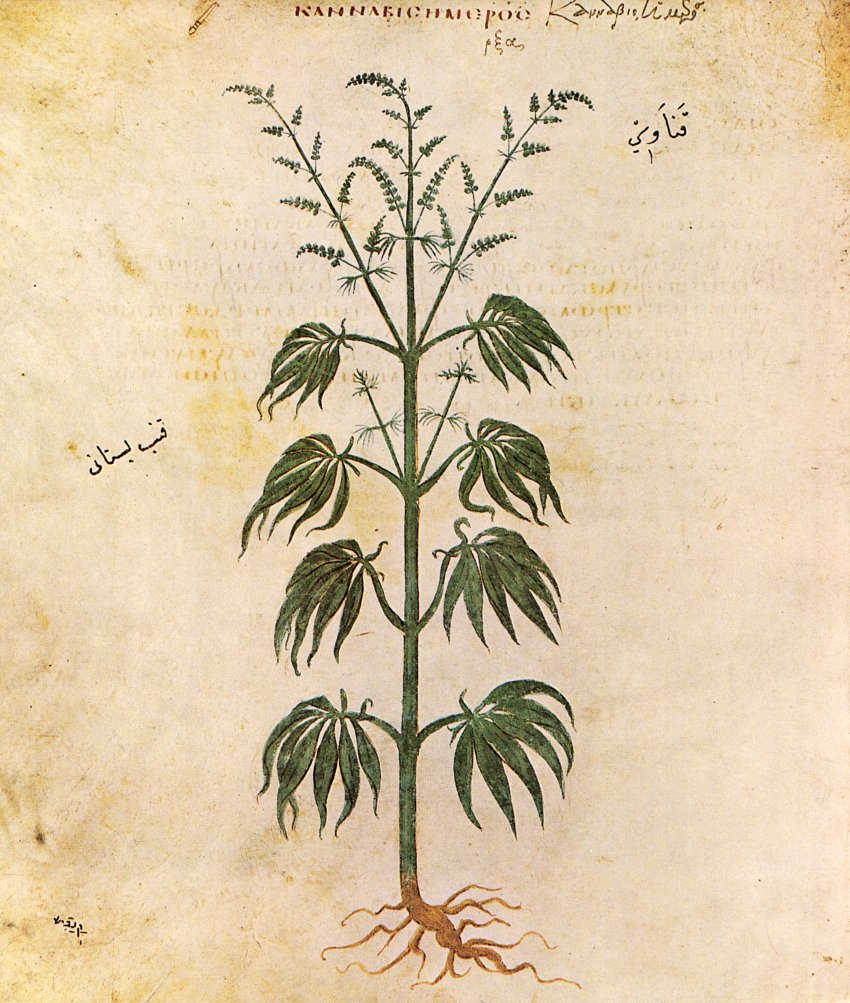
Hemp is one of the world's most useful plants. Its uses range from paper to fuel, and it could replace many environmentally destructive products.
For thousands of years hemp has been used as a food, to make clothing, as a medicine and as a drug. It can be turned into plastics and made into petroleum without producing sulphur, thus reducing CO2 in the atmosphere. Until 1883, 75 to 90% of all paper in the world was made from hemp.
Due to difficulties harvesting it in large quantities, hemp fell out of favour as a profitable crop in the late 1800s, until an automated harvester was developed in the 1930s.
In the intervening years, many industries were developed to take over hemp's role in production: oil was drilled from the ground, trees were used for paper and new sources of cloth were developed. Many of the companies involved now had a vested interest in making hemp illegal.
The United States was the first country to introduce laws to destroy hemp plants, regardless of their intended use. That law was the result of political pressure exerted by the forestry industry and the Dupont corporation, which had just patented oil and coal based plastics production.
Dupont's chief financial backer, Andrew Mellon, was US President J. Herbert Hoover's secretary of the treasury. He appointed his nephew, Harry J. Anslinger, to a position in the Federal Bureau of Narcotics and Dangerous Drugs.
Anslinger whipped up a scare campaign about hemp, which referred to hemp as marijuana so that people would begin to associate the whole plant with drug use only. At the "high" point of this campaign, the propaganda films Reefer Madness, Marijuana: Weed With Roots in Hell, and Marijuana: Assassin of our Youth were made.
The propaganda was all hype. Marijuana had been prescribed by doctors for centuries and the American Medical Association condemned the media beat-up as "tabloid sensationalism".
The marijuana scare campaign was internationalised and the first hysterical articles appeared in Australia in 1938. In June that year, the newspaper Smith's Weekly ran the headlines: "Drug that maddens victims", "Plant grows wild in Queensland" and "Warning from America". The articles claimed that marijuana "distorts moral values and leads to degrading sexual excesses".
At the end of 1938, hemp was listed in Australia as a "noxious weed" which had to be destroyed on sight. It was already illegal to smoke marijuana, but it was the hysteria whipped up about the "evils" of this drug that laid the basis in public opinion for the total banning of one of the world's most useful plants.